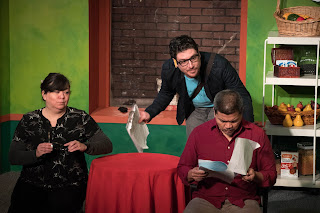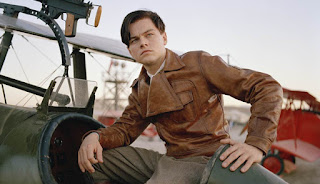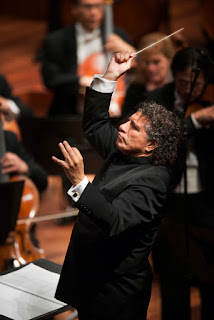Making good decades later on his 1990 Gold Medal, Pavel Berman plays concert for IVCI

Pavel Berman divided his program between violin recital and chamber music. Thirty years ago, Pavel Berman, a participant in the third quadrennial International Violin Competition of Indianapolis , had come out of the soon-to-dissolve Soviet Union illustrating all the careful preparation and solid technical grounding the West had come to expect of musicians steeped in the rigors of Russian training. The 20-year-old violinist captured the Gold Medal and has returned to Indianapolis just once since then. In the meantime, he has enjoyed years of experience as concert artist and teacher. For about eight years starting in 1998, there was also considerable experience on the podium leading an orchestra he had founded in Lithuania. On the evidence of his appearance in the IVCI Laureate Series Tuesday night, Berman has put the time since his triumph here to good use. He has put a masterly finish on his impressive command of a variety of repertoire during two intense September weeks three












